Rylan’s Page


The above image is a “picture” of a heavy-ion collision taken by the CMS detector at the LHC. When two heavy-ions are accelerated up to relativistic energies and then forced to collide the result is an explosion of energy which sends particles flying into the detector. Using the information from the detector about these particles we can piece together what exactly happened during the collision. This enables us to investigate the properties of the nuclear force, which governs sub-atomic particles like the proton and neutron.
The collision of ultra-relativistic heavy-ions also gives us the unique ability to study a new state of matter known as the Quark-Gluon Plasma (QGP). In these extremely high energy collisions the temperature of the interacting system can reach up to a few trillion degrees! It’s so hot that the protons and neutrons, which make up the heavy-ions, break apart into their constituent particles, quarks and gluons, and form a quark-gluon plasma. The only known way to create a QGP is through the collision of heavy-ions, thus providing us with the unique ability to study this new type of matter.
Rylan Conway
Graduate Student
Department of Physics University of California, Davis
M.S. Physics
UC Davis, 2010
B.S. Physics & Astronomy
University of Delaware, 2009
My Research
I am currently working at CERN, outside of Geneva, Switzerland. Specifically, I work on the Compact Muon Solenoid (CMS) experiment, which is one of the four main particle detectors built on the Large Hadron Collider (LHC). My research is focused on the heavy-ion collisions that take place every year at the LHC. I use data from the CMS detector to investigate the properties of the Quark-Gluon Plasma (QGP), which is created during a heavy-ion collision. In particular, I study the hydrodynamic properties of the QGP and the effects of fluctuations in the initial conditions on the evolution of the system dynamics.
Useful Links


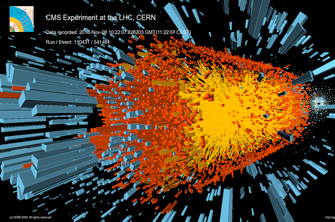

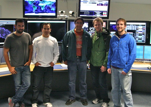
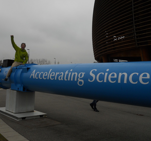
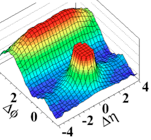
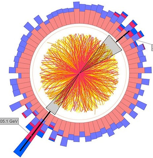
Relativistic Heavy-
Ion Collisions
